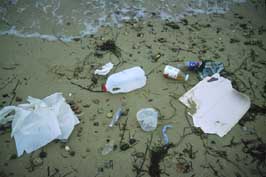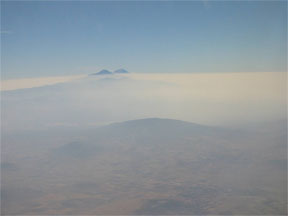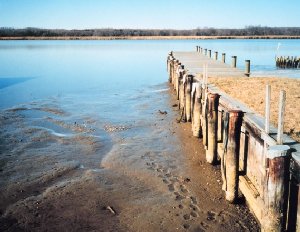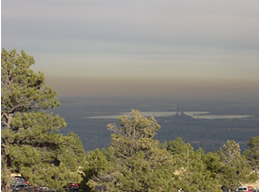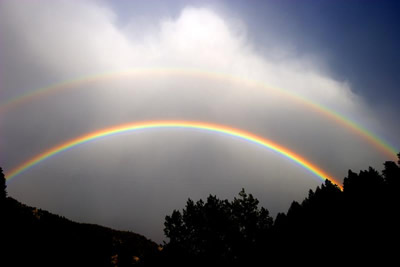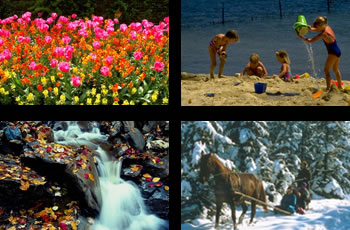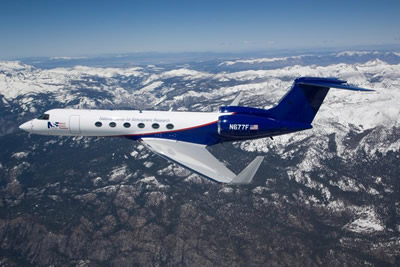Click on image for full size
NCAR Digital Library
The Tragedy of the Commons
The term "Tragedy of the Commons" was coined by Garrett Hardin in a 1968 magazine article, however, the idea dates back to the days of Aristotle. Briefly, it holds that a shared resource is inevitably ruined by uncontrolled use.
Hardin uses a community field or common to explain the concept. The town’s people bring their cows to the common to feed on its grass. Everyone wants to get grass for their cows before it is gone. No one thinks through the consequences of so many cows eating the grass to depletion, and the Tragedy of the Commons occurs. The grass disappears and the common is ruined.
There are many non-fictional abuses that people feel are examples of the phenomenon. Some include human-created air pollution; the hunting of the American buffalo to near extinction in the 1800s; the widespread abuse and destruction of rainforests and our oceans’ coral reefs; and human-induced climate change due largely to the burning of fossil fuels for energy use.
Some people believe that the Tragedy of the Commons can only be averted by making most commodities private property instead of freely available to all. But how does someone own the air or the ocean? And can the air and ocean stay unpolluted with populations of 10 million or more in the world’s megacities? Another proposed solution are laws and taxing devices which would make it more costly to serve one’s self interest over the common good. For now, almost everyone can agree that such vital resources need some form of control so that they can be sustained and the Tragedy of the Commons avoided.


